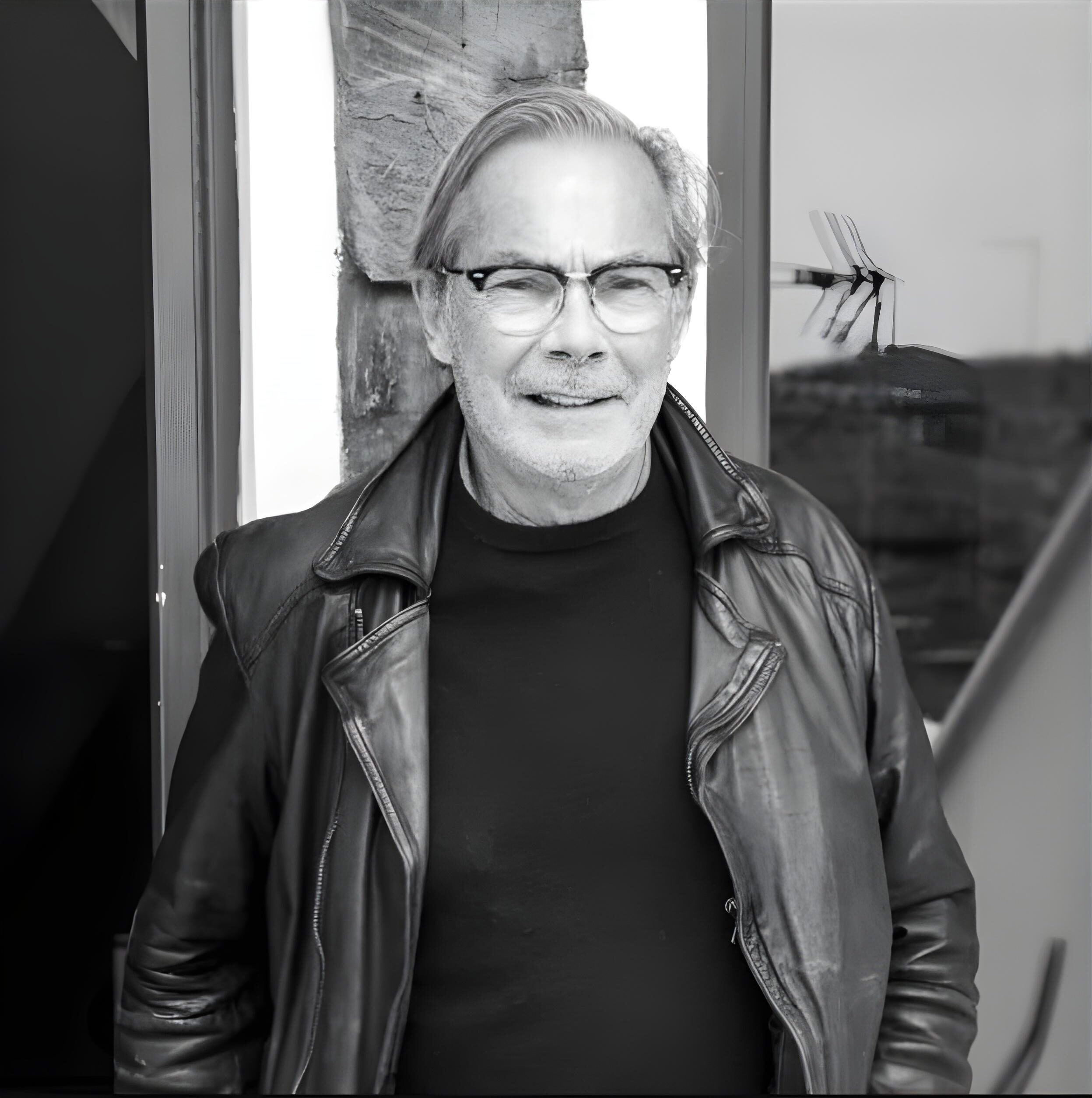

Didier Guillon is the descendant of illustrious ancestors, including the sculptor Alphonse Lamy and the collector and art dealer Charles Sedelmeyer. Creating is an irresistible impulse, spurred by his inextinguishable curiosity. He muses through many mediums, such as serigraphy, illustration, cardboard-made or glass sculptures, with a particular fondness for mixed-media installations. Guillon’s installations show a commitment to sustainability: made from environmentally friendly materials, much of his artwork is destroyed for recycling after traveling around the world for solo shows. A Venetian resident for more than a year, Guillon loves his city through and through. A complete care which emerges, among other things, in his desire to work with local artisans. Since 2013, the artist has been deeply fascinated by the precious traditions that make up the identity of Murano glassmaking; he has been producing works of art in collaboration with renowned local master glassmakers ever since. Not only glass: Guillon’s latest creations are produced together with local craftsmen. Bronze and brass are the materials which recently brought his research to imagine new shapes, now part of the artist’s well-known repertoire. New experiments, then, always faithful to the heritage of Donald Judd and the American Minimalists so dear to Guillon, leading the artist to conceive imposing yet delicate cubist metamorphosis.


In 2022, Maxence Guillon was appointed President of Fondation Valmont, succeeding his father, Didier Guillon. After studying law, Maxence furthered his academic career with a master’s in business management in Madrid. Immersed in the world of art from an early age, Maxence has trained his instincts and honed his artistic eye over the years, much like his father. This paternal transmission has evolved into an intergenerational exchange where the two men complement and challenge each other, from discovering artists to making future bets on emerging talents.
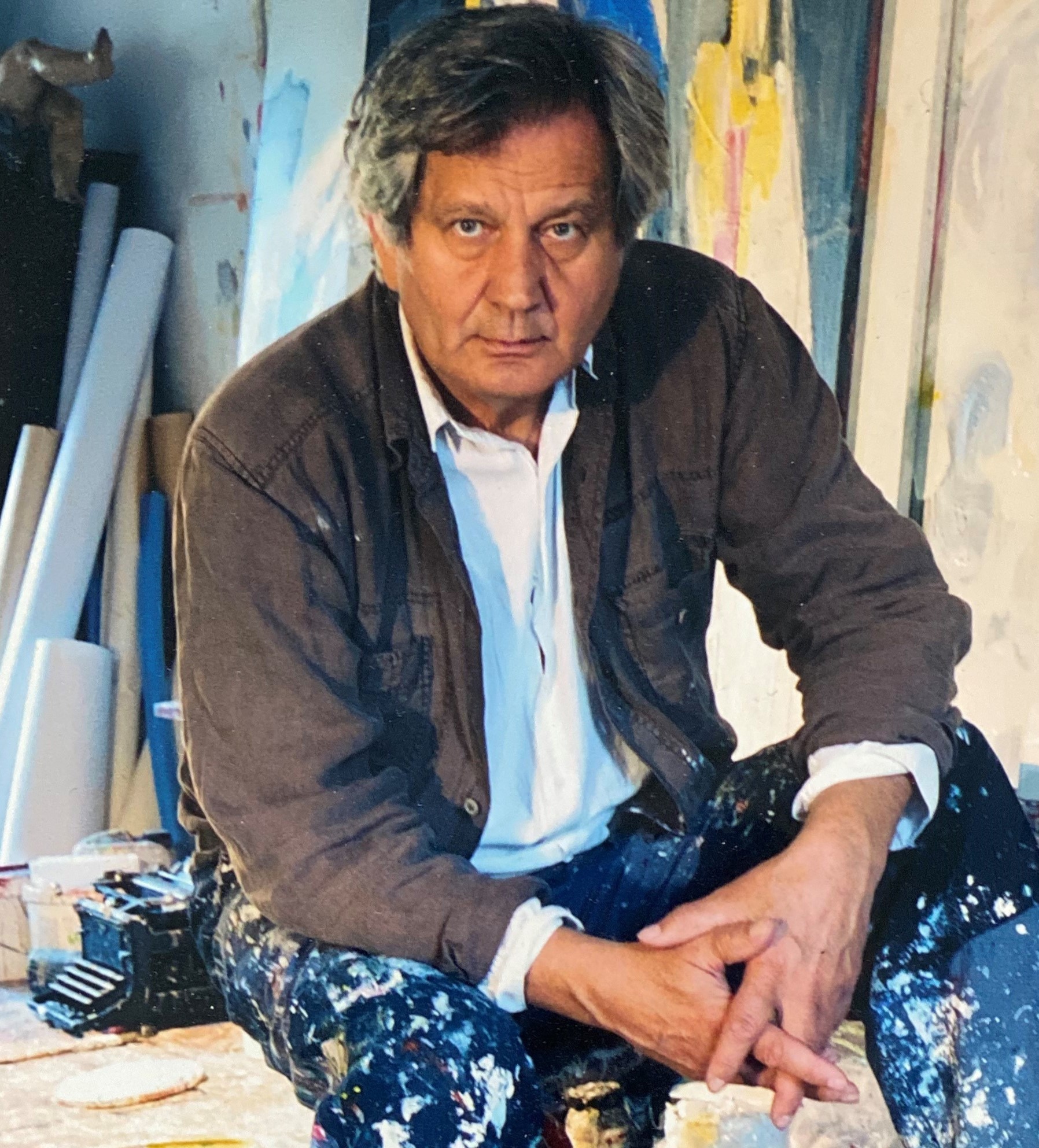

Roučka lives and works in Prague. His career showcases mastery in various media, including geodesy, cartography, painting, graphic art, drawing, and lithography. On the recommendation of the Frederikshavn Museum in Denmark, Roučka was commissioned to illustrate editions of Franz Kafka’s The Castle and Diaries. In 1988, he ultimately returned to painting exclusively. Since 1993, he has been leading the painting class at the Summer Academy in Frauenau, Germany. In 2003, the French prime minister appointed Roučka a Knight of the Order of Academic Palms. Roučka has held more than 100 solo exhibitions in galleries and museums worldwide.
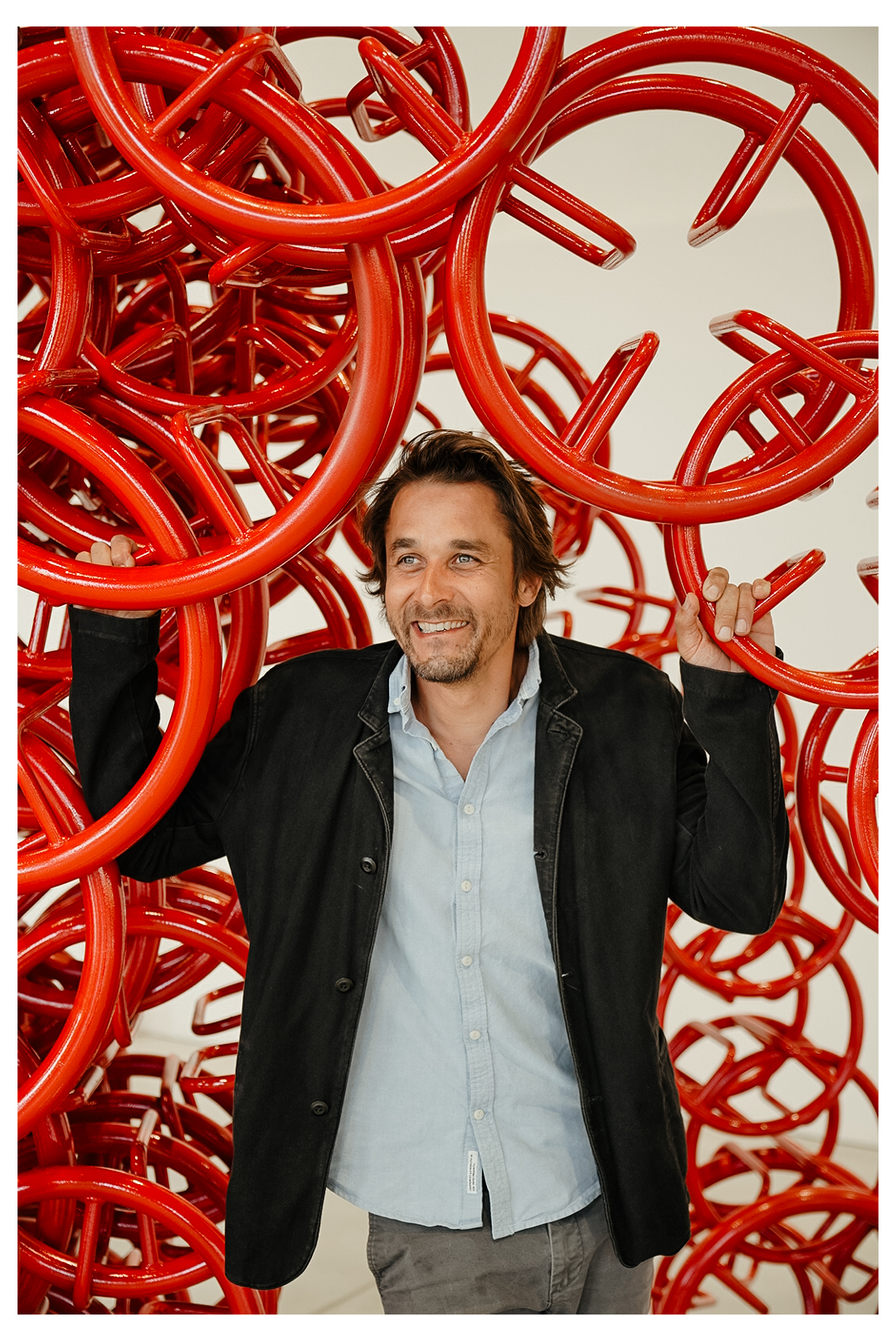

Born in 1980, Flejšar graduated from the Academy of Arts, Architecture & Design in Prague. His work is characterized by complex sculptural units resembling figures or abstract objects crafted from natural fragments—most often wood. The art pieces are inspired by nature and mystical cultural traditions. His statues personify metaphysical considerations, stimulated by questions of human existence, its meaningfulness, and intangible factors beyond human understanding. Flejšar also served as the snowboard cross coach for the Czech junior national team.
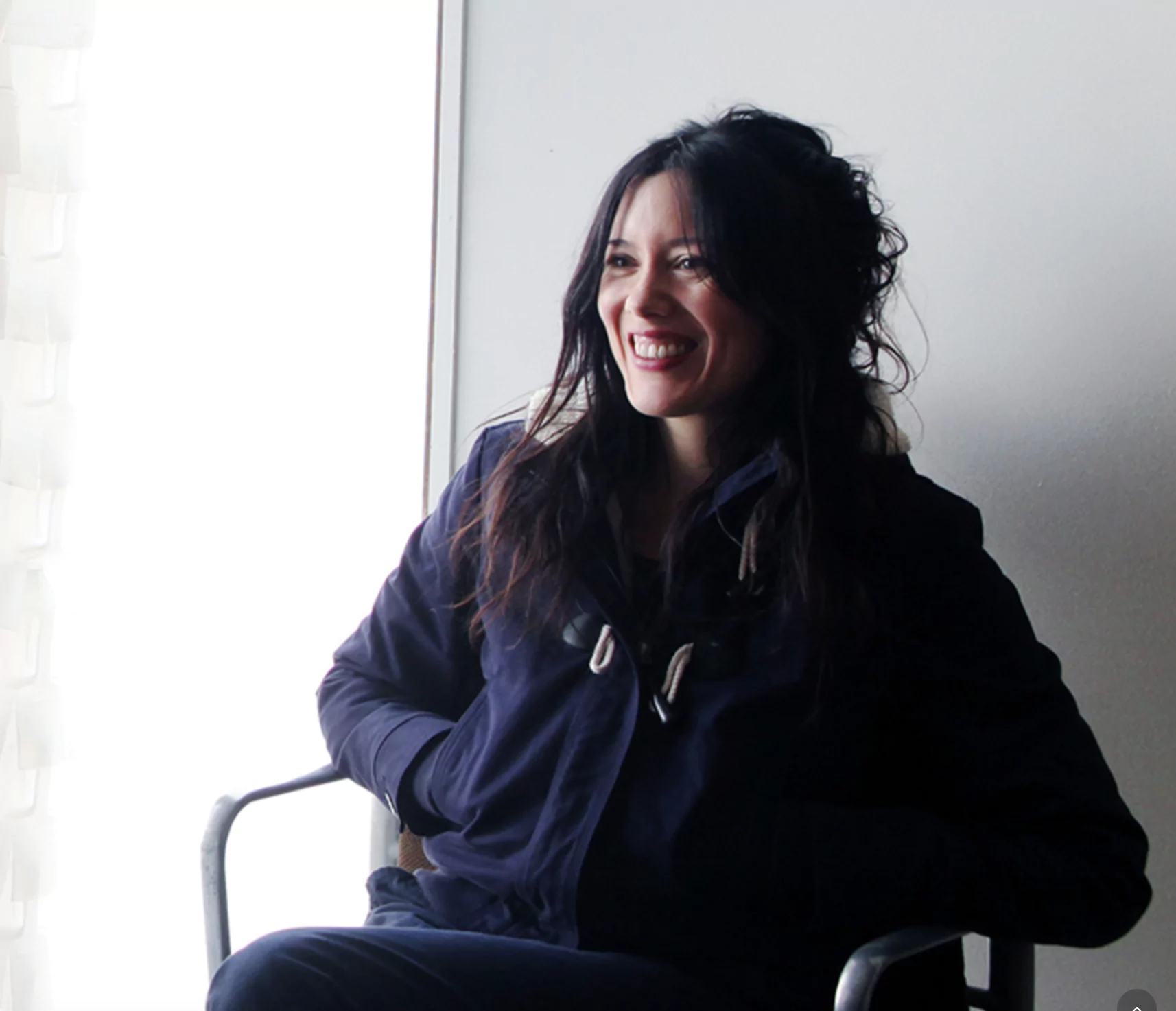

Gayle Chong Kwan is an award-winning multidisciplinary artist and academic whose work is exhibited internationally in galleries and the public realm. Her large-scale photographic works, immersive installations, and sensory ritual events operate within and against histories of oppression and positions the viewer as one element in a cosmology of the political, social and ecological. Exhibitions include: ‘The Taotie’, Compton Verney, UK (2024); ‘A Pocket Full of Sand’, John Hansard Gallery, UK (2024); ‘Waste Archipelago’, Venice (2021); ‘Wastescape’, Auckland, New Zealand (2019); ‘The People’s Forest’, William Morris Gallery (2018); ‘Anthropo-scene’, Bloomberg Space, UK (2015); ‘Wastescape’, Southbank Centre, UK (2012); ‘The Obsidian Isle’, New Forest Pavilion, 54th Venice Biennale (2011); ‘Cockaigne’, Tales from the New World, 10th Havana Biennial, Cuba (2009). Artist Fellowship, Sloane Lab and the British Museum, UK (2023); Artist in Residence in Photography at the V&A (2019–2021); Artist Fellowship, Ca’ Foscari University Venice (2020-21), as winner of the Sustainable Art Prize (2019). She has a PhD in Fine Art on ‘Imaginal Travel’ from the Royal College of Art, UK (2023).


American Stephanie Blake lives in Paris and is an illustrator and author of children’s books. In 2002 she created Simon Super Rabbit, which was published by l’École des Loisirs and translated into numerous languages before being adapted into a cartoon in 2016. Since 2018, Stephanie Blake has been creating clay sculptures that she immortalizes in bronze, Indian ink sketches on Japanese paper, and large coloured canvases. Beneath their crude, naive and spontaneous exteriors, Stephanie Blake’s works paradoxically reveal a delicate, poetic… even obvious side. A polyvalent and versatile artist, her practice includes sculptures in ceramics and bronze, small- and large-scale paintings and jewellery. As per the writing, Stephanie is not only author of children’s books, but she also recently embraced narratives for adults with a novel that will be officially released in January 2025.
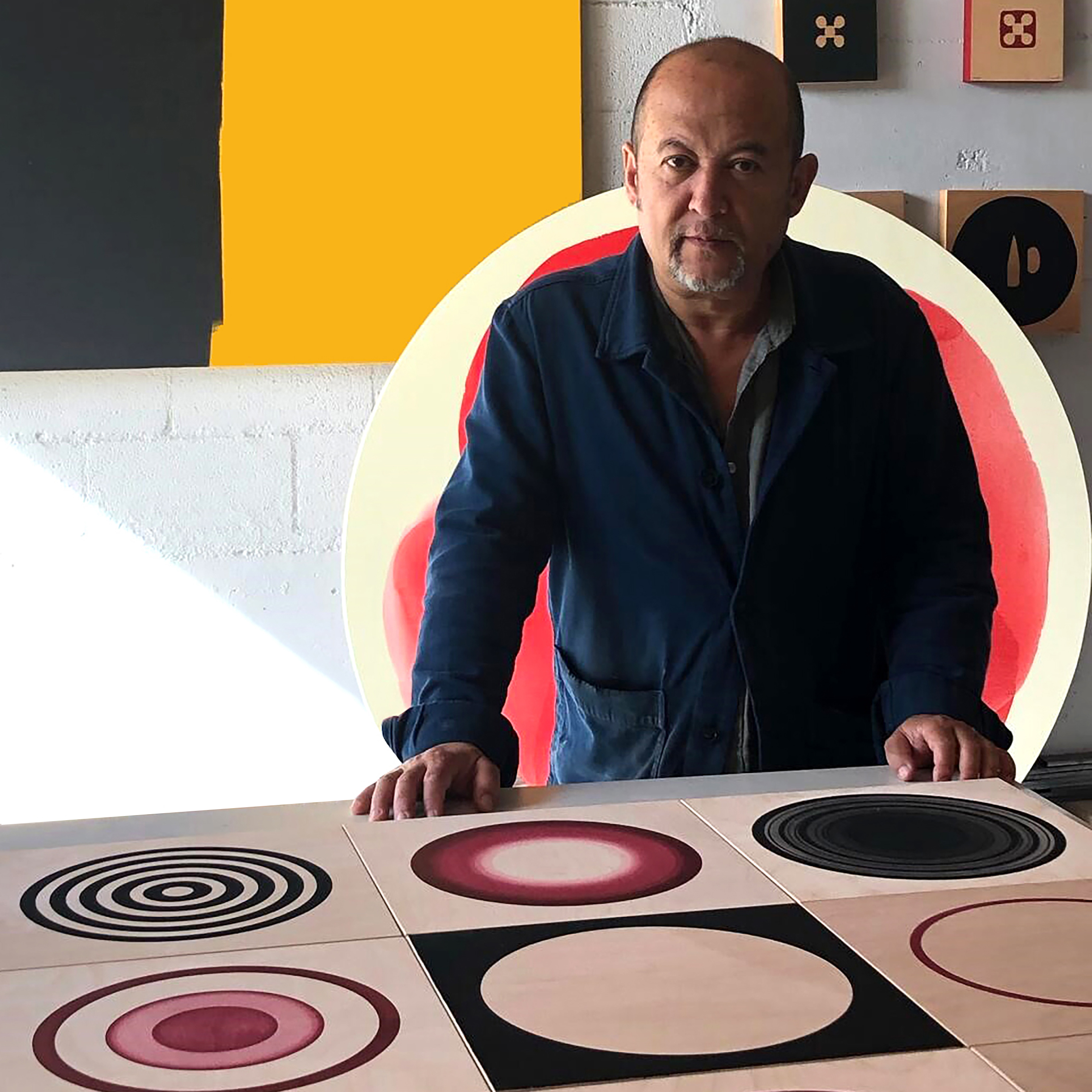

Isao Llorens Ishikawa, known artistically as ISAO, is a Catalan artist with a rich Japanese heritage. Born to ceramist Joan Gardy Artigas and Japanese artist Mako Ishikawa, and the grandson of renowned ceramist Josep Llorens Artigas (who collaborated with artists like Picasso and Miró), Isao carries forward a distinguished artistic legacy. His journey began with studies in Paris, followed bytime in Japan, where he refined his skills in calligraphy and paper, infusing his work with a unique aesthetic.His art spans painting, sculpture, illustration, and film, navigating the space between figuration and abstraction. Through vibrant colors, minimalist forms, and a kaleidoscopic approach, ISAO explores multiple perspectives of singular concepts. Themes of nature, life, and transformation feature prominently in his pieces, often inspired by animal motifs like birds and butterflies that evoke a dreamlike atmosphere. Now based in Barcelona, he directs the Fundació J. Llorens Artigas, an artists’center honoring his grandfather. He also contributes to the Barcelona art scene with exhibitions such as “Platsd’Artistes” at the Fondation Valmont, merging traditional and contemporary aesthetics throughinnovative ceramics and Noborigama kiln techniques, offering viewers a truly immersive experience.
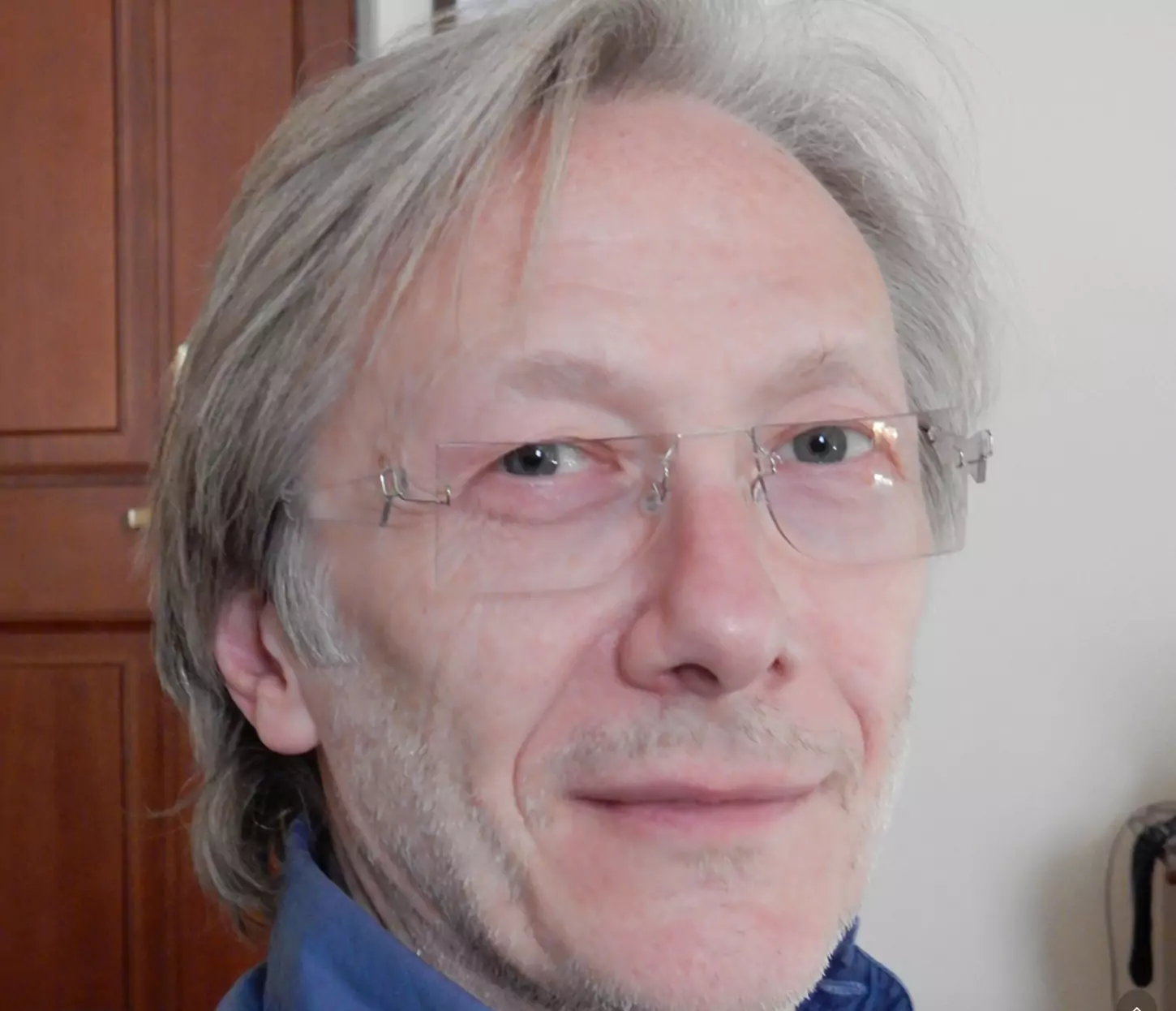

Venetian artist Silvano Rubino studied at the Venice Academy of Fine Arts. His path as an artist has led him to work in a variety of disciplines: painting, stage sets, sculpture, photography, installations and video. Combining or separating these various languages, his work is always based on a conceptual approach. His works have been celebrated in many exhibitions the world over, from Venice to New York, Europe to South America. In 2018, he was awarded the Glass in Venice prize by the Veneto Institute of Science, Letters and Arts, for his artistic work with glass.
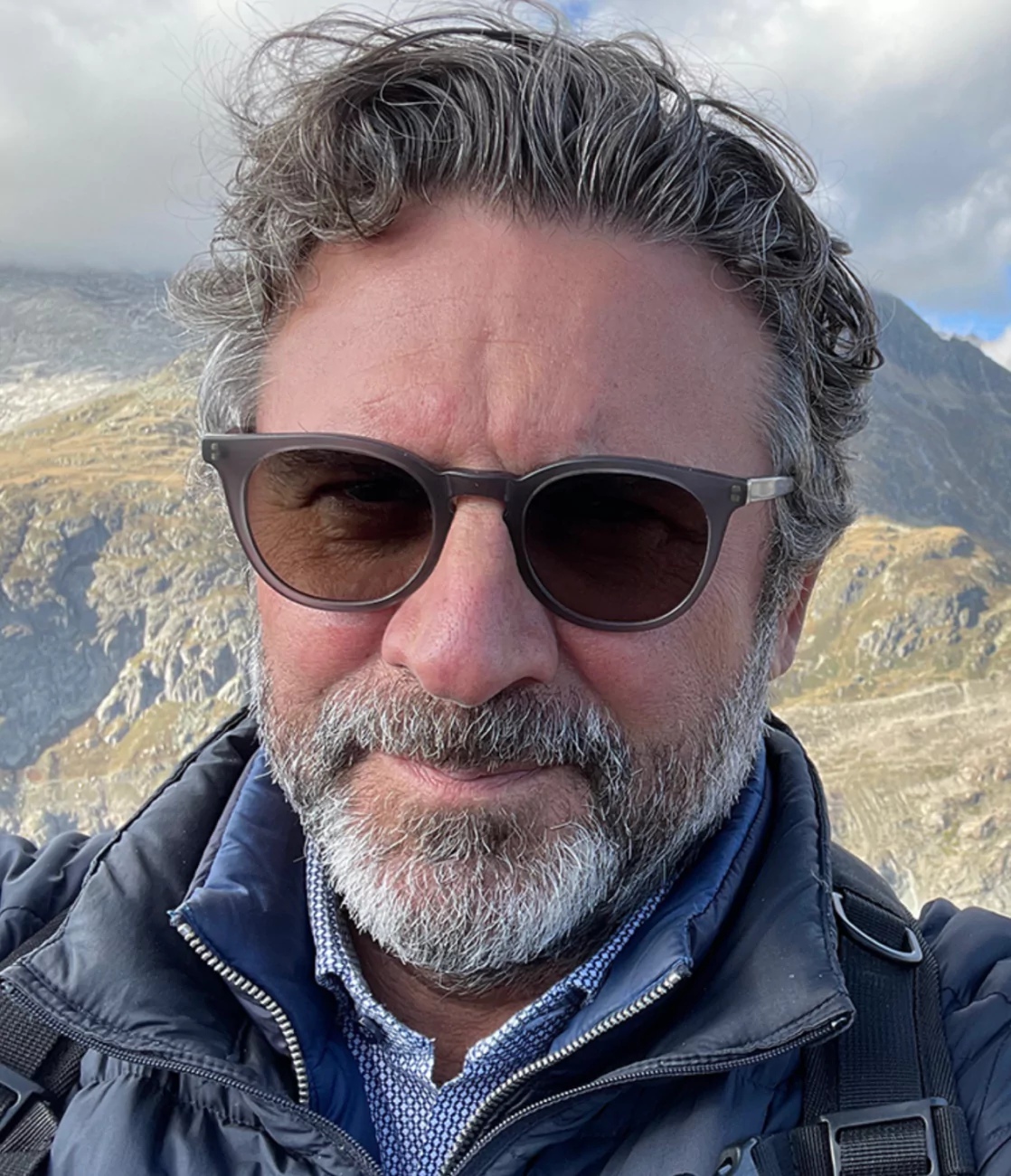

Carles Valverde is a Catalan artist born in 1965 and living in Switzerland for almost 30 years, after a period of several years spent on the island of Mallorca. He trained at the Llotja School of Applied Arts in Barcelona and was inspired by the works of Eduardo Chillida, Richard Serra and Max Bill.Carles Valverde considers himself a sculptor, but his practices may embrace painting as well.
He likes to combine the diversity of parts and the unity of the whole. From monumental pieces in metal to paintings, from drawings to installations: harmony must be found in everything. Minimal and linear forms characterize his universe to the fullest. Defined as a builder of space, the artist remains faithful to his style, described as austere, but also enjoys experimenting with materials and techniques. He offers animated and playful installations that provide an extension in space and time as well as static sculptures.In Switzerland, his creations can be found at EPFL, Bex & Arts, the Louis Moret Foundation, and in several galleries and private collections. He also participates in exhibitions in Spain, Poland and Germany and, since spring 2018, at the Château de Vullierens.
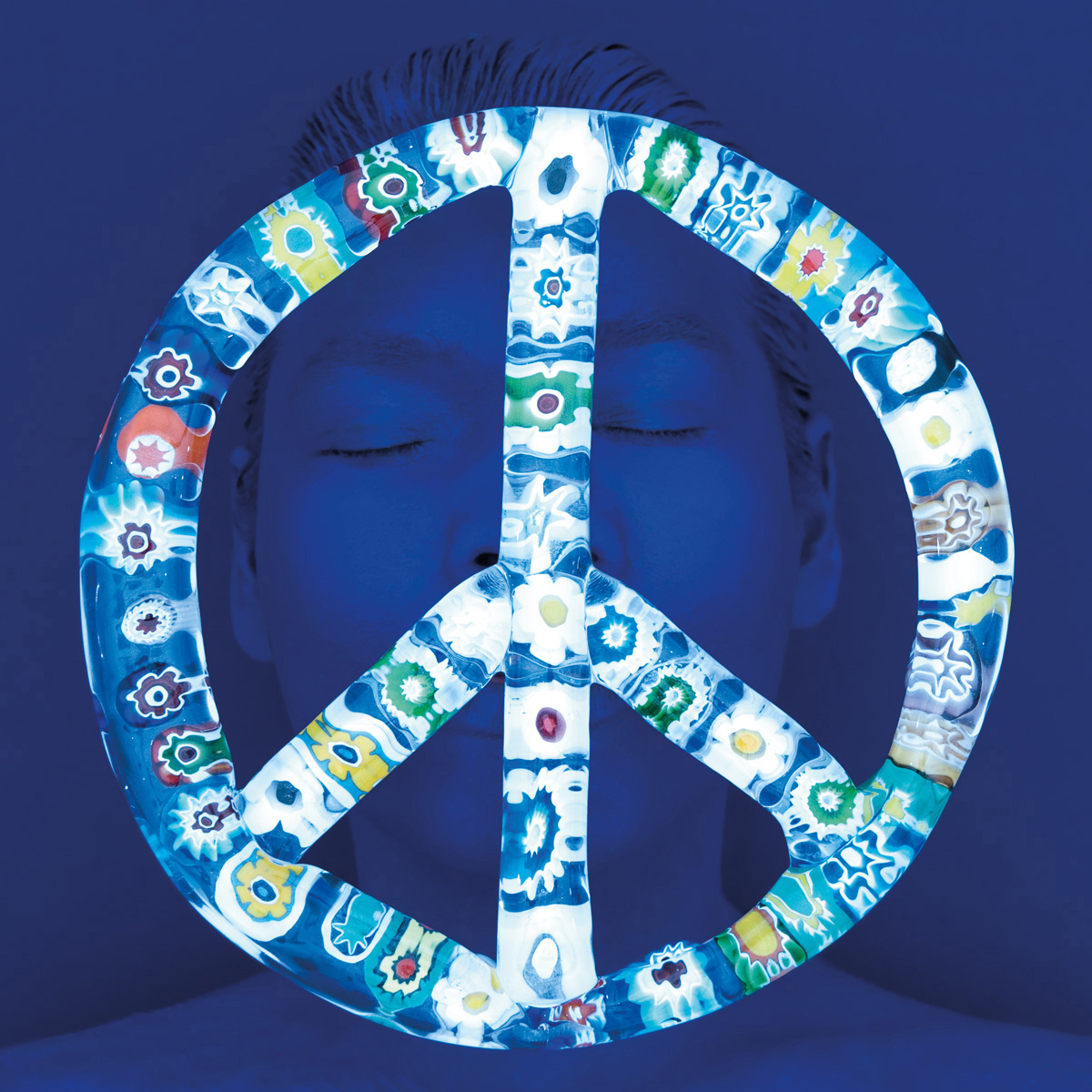

Kimiko Yoshida is a contemporary Japanese-Frenchartist celebrated for her distinctive monochromatic self-portraits and installations. Born in Tokyo in 1963, her work delves into identity, transformation, and cultural heritage, reflecting her experiences growing up in Japan. These self-portraits and installations are influenced by traditional Japanese aesthetics and informed by feminist and post-colonial perspectives. Initially, Yoshida pursued a career in fashion before relocating to France in the 1990s to study photography and fine arts. She gained international recognition for her large-scale self-portraits, often depicting herself in elaborate costumes that reference cultural and historical figures. Rather than offering straightforward self-representations, her portraits obscure her identity with veils or monochrome hues, challenging conventional views on identity and femininity. Drawing from diverse cultural icons and traditions, Yoshida reinterprets elements from Renaissance paintings to Japanese Noh theater through her minimalist lens. Her works have been displayed in galleries and museums worldwide and thematically explore gender, beauty, and the fluidity of personal and cultural identity. By merging Western and Eastern motifs, Yoshida’s art comments on the hybrid nature of modern identity and engages in the interplay between visibility and invisibility, presence and absence. Since 2001, Yoshida has maintained a strict protocol in her photography, creating self-portraits without digital alterations. Her recent work features collaborations with master artisans in Kyoto, where she uses the traditional lacquer technique called urushi-e. By applying gold powder and lacquer to her images, Yoshida merges classical Japanese craftsmanship with contemporary aesthetics. This collaboration has led to pieces that feature mythological symbols and iconic Japanese motifs, such as scenes from The Tale of Genji
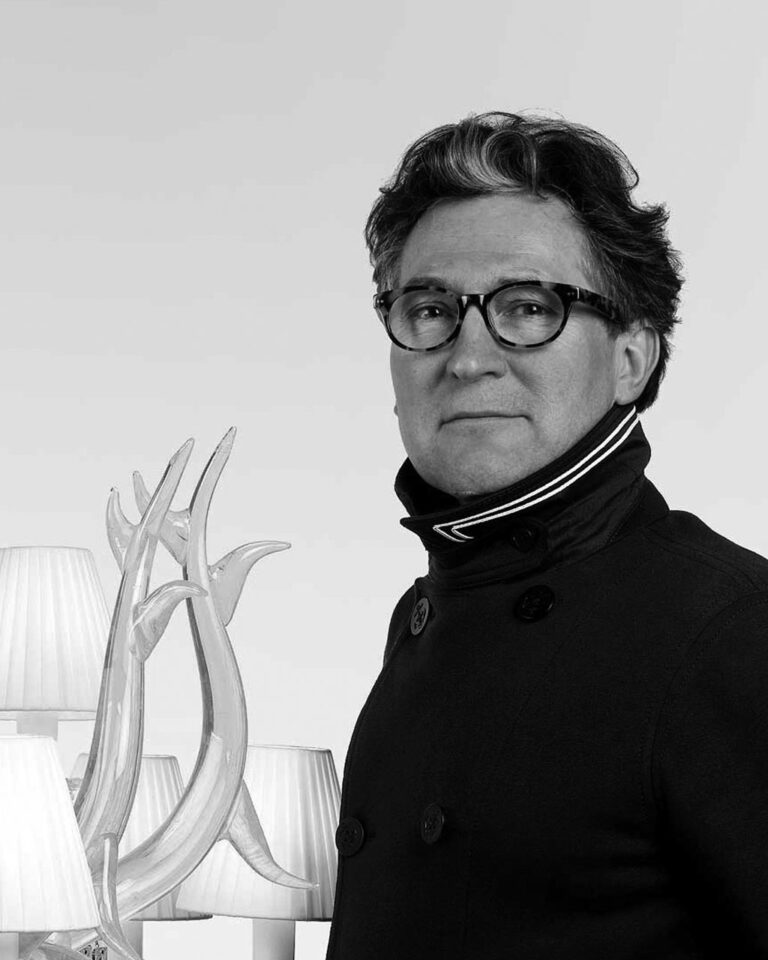

Aristide Najean is more than a glass artist; he is a conjurer of light and fire, a sculptor who breathes life into melted glass. Born in France in 1960, Najean first found his voice as a painter and sculptor, yet it was Venice that awakened his fascination with glass. The city’s canals and the ancient art of Murano seduced him, drawing him into the heart of Venetian glassmaking, where he would apprentice under the legendary masters, learning their secrets and transforming them into his own poetry.
Najean’s creations are bold and otherworldly, ablaze with color and alive with movement. Each piece flows like water, burns like a flame, or blossoms like a delicate flower, capturing the essence of nature’s elements in transparent, ethereal forms. Inspired by mythology, the fluidity of the natural world, and the human figure, his sculptures are both grounded and transcendent, holding within them a strange beauty that feels timeless and alive.
His work has graced galleries from Paris to New York to Venice, entrancing audiences with his innovative approach. Najean does not merely shape glass; he blends it with mixed media and dances with light and color, creating pieces that defy convention and evoke pure emotion. In his Muranostudio—a cathedral of molten artistry—he continues to push the boundaries of his craft, creating works that shimmer between reality and dream, continually reaching for the elusive spark of the divine.
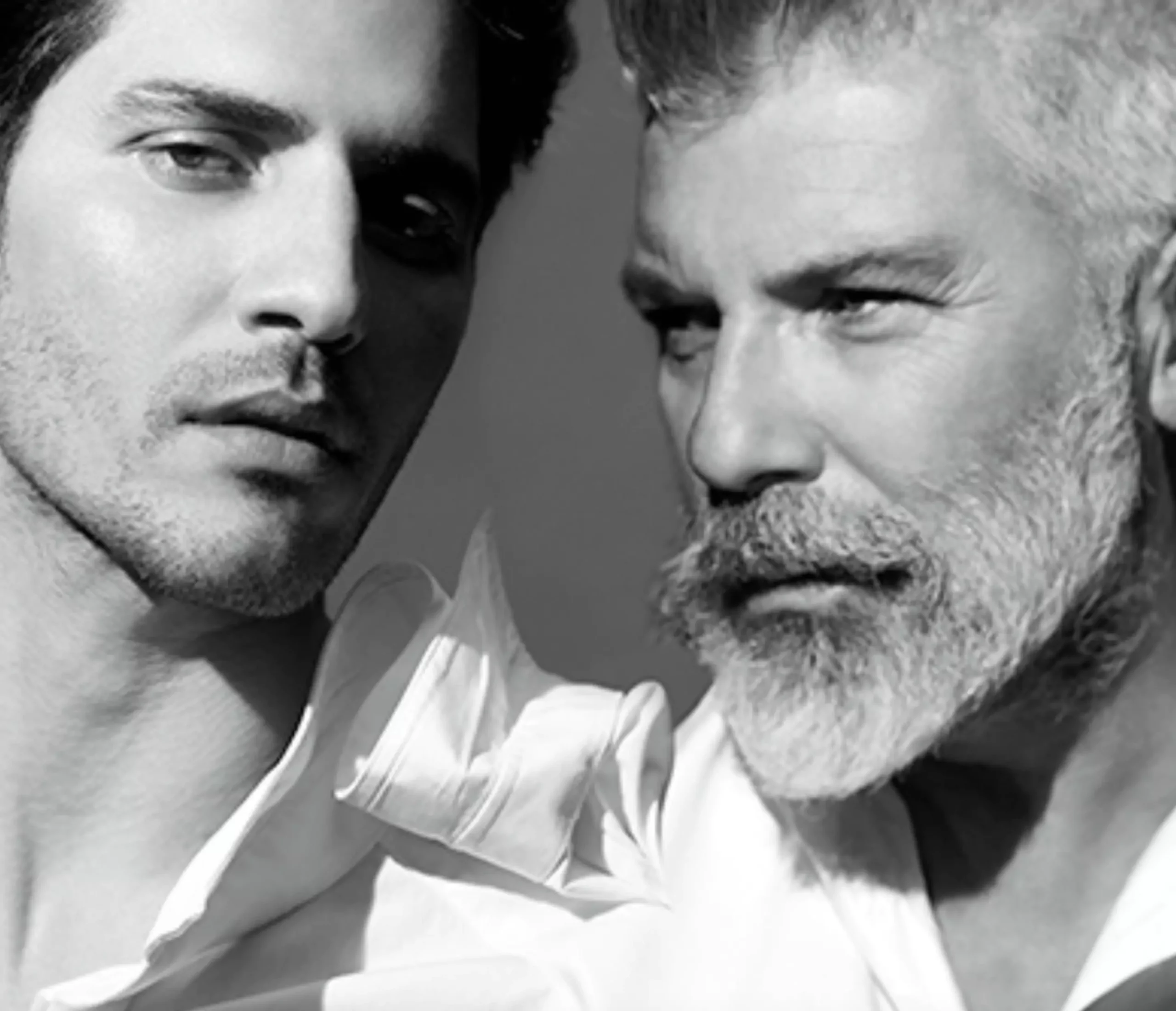

Voyage Within, 2019, was their very first exhibition as an artistic duo, Vangelis Kyris and Anatoli Georgiev have approached costume traditions from around the world in their own unique manner. When the National Historical Museum in Athens entrusted them with the authentic garments of its collection to celebrate the 200th anniversary of the Greek Revolution, the two artists realised their vision by creating a new visual world between photography and embroidery. In recent years their work has been supported by a series of state and private institutions, particularly by the George & Victoria Karelia Foundation, the Anastasios G. Leventis Foundation, the Embassy of Greece in Seoul, the Anthony E. Comninos Foundation, Fondation Valmont, the Embassy of Greece in Sofia, and the Marianna V. Vardinoyannis Foundation. The Museum of ancient Eleutherna in Crete, the Acropolis Museum and the Palazzo Bonvicini in Venice have hosted their exhibitions, while the National Bulgarian Ethnographic Museum in Sofia will host new exhibitions. The mixed media artworks of Kyris and Georgiev combine photography with embroidery to create something truly unique in the contemporary art world. Their portraits in the Acropolis Museum exhibition reference history, ethnography, fashion, and museum treasures. In addition to costume tradition, the artists also employ the theatrical expression of women and men who stand in front of Vangelis Kyris’ lens dressed in the authentic garments of past centuries. The portraits are then printed on 100% cotton canvas, where Anatoli Georgiev uses his needle to create subtle details using golden, silver, metal, silk, and cotton threads. Owing to textile art, embroidery now holds a special position among contemporary art forms, while in the portraits of Kyris and Georgiev, it dynamically converses with contemporary photography.
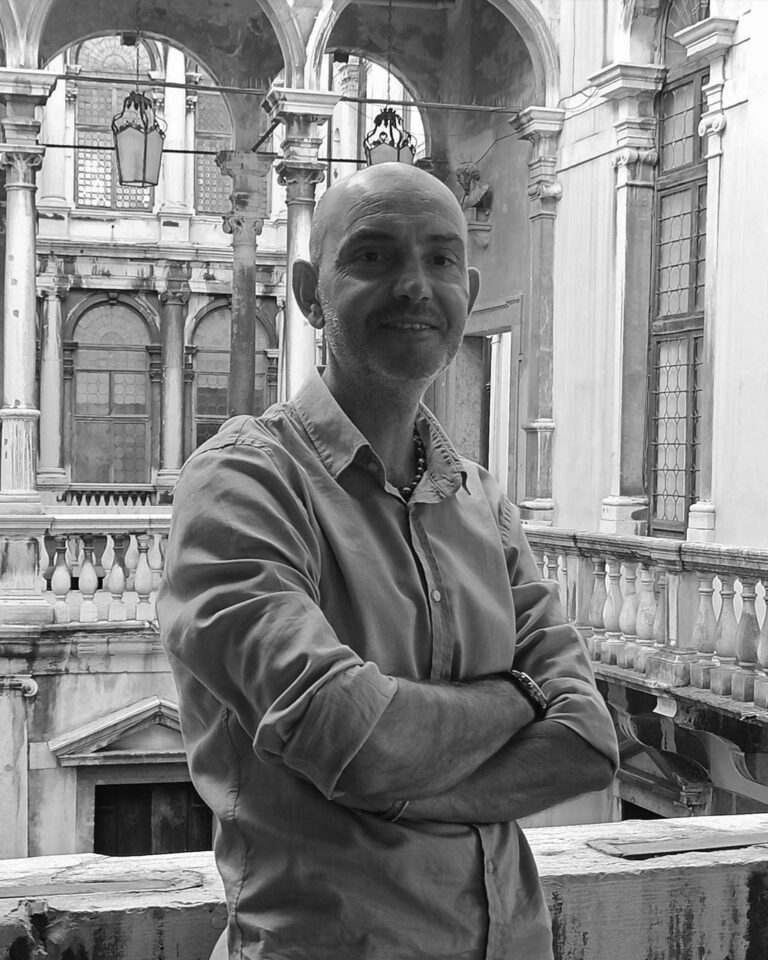

Leonardo Cimolin, born in the quiet town of Dolo in 1971, now shapes his art in the misty embrace of Mira, Venice—a place where the light dances on the lagoon’s waters and whispers secrets of glass. His journey began in the heart of Venice, apprenticed to master glassmakers. It was here that his hands learned the delicate, almost alchemical process of lampworking—shaping molten glass into fluid, ethereal forms with the precision of fire.
Cimolin’s work is a dialogue between the old and the new, where fragile glass meets the rugged textures of cloth, wood, and iron. He captures fleeting moments of life, mirroring the ephemeral nature of the Venetian lagoon. His sculptures, like glistening jellyfish caught in stillness, evoke the tension between fragility and resilience, echoing the pulse of a world both familiar and foreign.
Each piece tells a story, as delicate as the bubbles trapped within the glass—stories showcased in exhibitions from the Glasstress in Venice to the vibrant halls of SOFA Chicago and the Red Dot Fair in Miami. In “Fragility and Strength of Faith,” Cimolin’s glass and mixed media blend as if touched by the breath of Venice itself, embodying a dance between vulnerability and the timeless strength of the human spirit.
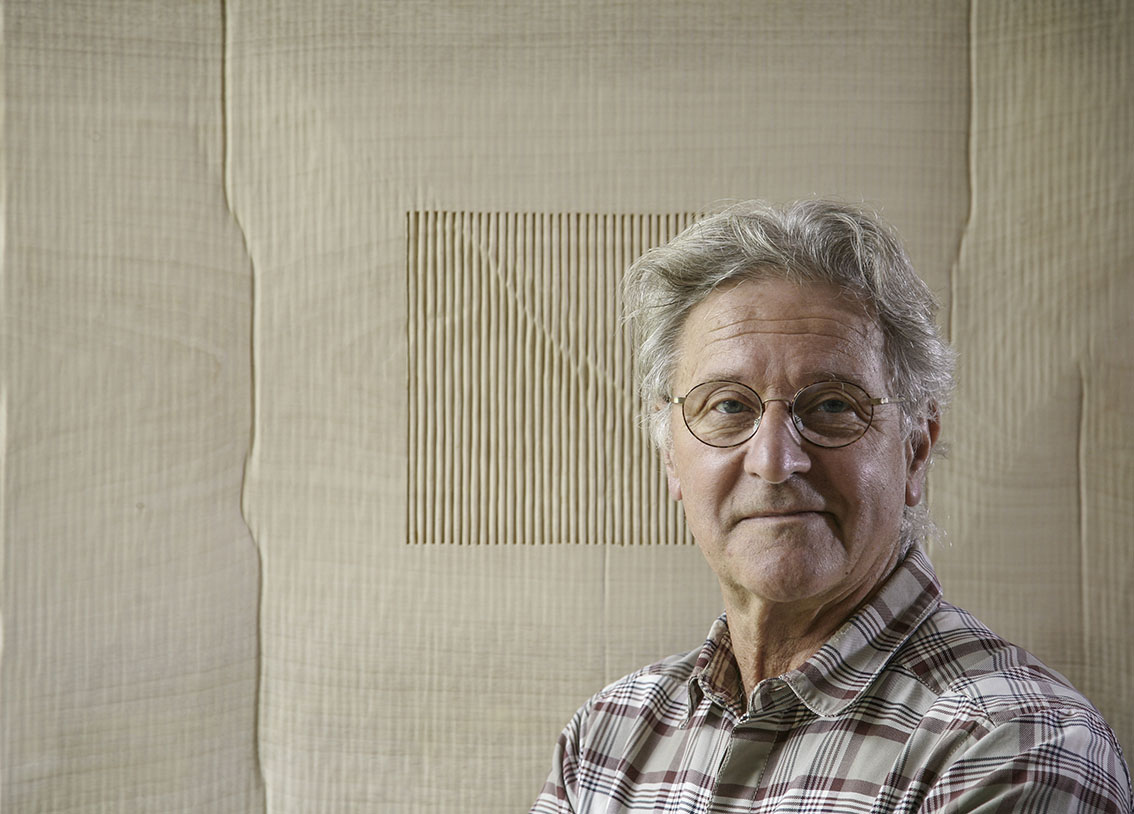

Christian Renonciat, a French sculptor born in Paris in 1947, is celebrated for his detailed and innovative wood sculptures, which often transform everyday items—like paper, fabric, and cardboard—into lifelike wooden representations. Initially studying philosophy at the Sorbonne, he later moved to Antibes in 1969 to hone his woodworking skills, dedicating six years to mastering the medium before establishing his own workshop in Valbonne. His art explores the intersection between realism and abstraction, bringing materials to life through sculptural precision.
Renonciat’s works range from hyperrealistic pieces that mimic delicate materials to large-scale public installations across the globe. Since the 1980s, his sculptures have become even more monumental, with installations in cities like San Francisco, Seoul, and Paris. Renonciat’s creations often evoke “imaginary archaeology,” blending natural textures with artistic illusion. Besides his woodwork, he has also collaborated with luxury brand Hermès, where he designed a series of scarves that showcase his skill in material transformation
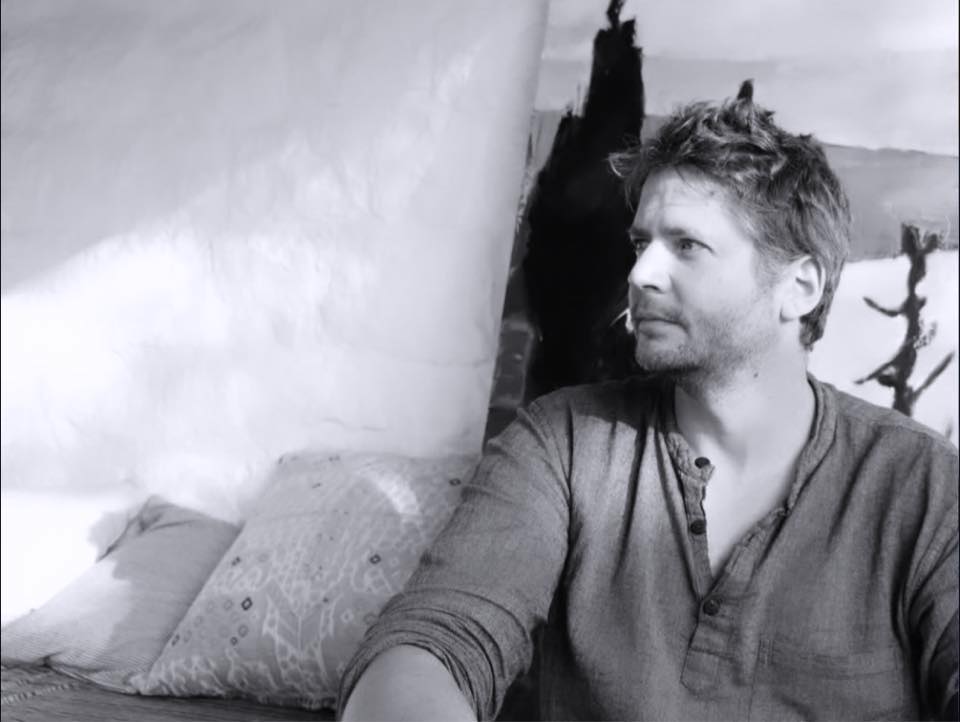

Tom Powell, a French-born artist with deep ties to Hydra, Greece, has developed a distinctive approach to landscape and figurative painting since he made the island his home in 2008. Born in 1987, Powell initially trained as a woodworker at *Les Compagnons du Devoir et du Tour de France*, a renowned French institution. His artistic focus, however, shifted to painting after relocating to Hydra, where his grandparents, artists Tony and Simonetta Powell, lived and worked in the 1970s and 80s. This familial connection to Hydra made it both a personal and creative anchor for him.
Powell’s work, primarily oil paintings, is inspired by Hydra’s unique light, architecture, and natural landscapes. Influenced by his mentors, prominent Greek artists Panayiotis Tetsis and Dimitris Gassoumis, Powell’s style merges abstract and figurative elements with vivid color dynamics that bring out the essence of Hydra’s scenery. His evocative use of light and texture captures the timeless beauty of Hydra’s rugged hills, tranquil waters, and everyday island life, bringing a sense of calm and depth to his compositions. Known for his impressionistic approach, Powell’s work has been exhibited widely, including solo shows at the Hydra Historical Archives Museum. His art resonates with viewers through its reflections on Greek culture and the Mediterranean ambiance, combining serenity with emotional richness.


Yves Lévêque, born January 2, 1937, in Boulogne-Billancourt, France, is a celebrated French artist. Self-taught and inspired by the natural world, he began painting in 1962. After immersing himself in philosophy and literature through friendships with intellectuals like François Châtelet, Gilles Deleuze, and Julien Green, Lévêque left Paris in 1967 for a life close to nature. His art reflects this deep connection, centering on themes of the earth, fields, birds, and insects. His style evokes a quiet lyricism, blending transparency, texture, and a contemplative portrayal of nature.
Lévêque’s works have been displayed in prestigious venues, including Henriette Gomès’s gallery, Galerie du Dragon, and Galerie Guillaume, with exhibitions often introduced by notable cultural figures like Michel Tournier and Germain Viatte. His paintings capture the textures and subtleties of the landscape, using soft colors and essential graphics that reveal the beauty of nature in its most serene, almost mystical, forms. Through his art, Lévêque captures a “silent poetry,” presenting landscapes as evocative, almost nostalgic memories, bridging the real with the imaginary. His work is showcased by the Fondation Valmont at Casa Maxence, paying homage to his dreamlike, nature-inspired vision.
If you become a subscriber, you will receive updates on all the amazing projects of Fondation Valmont, together with specific highlights on the most brilliant contemporary art exhibitions in Venice and abroad.